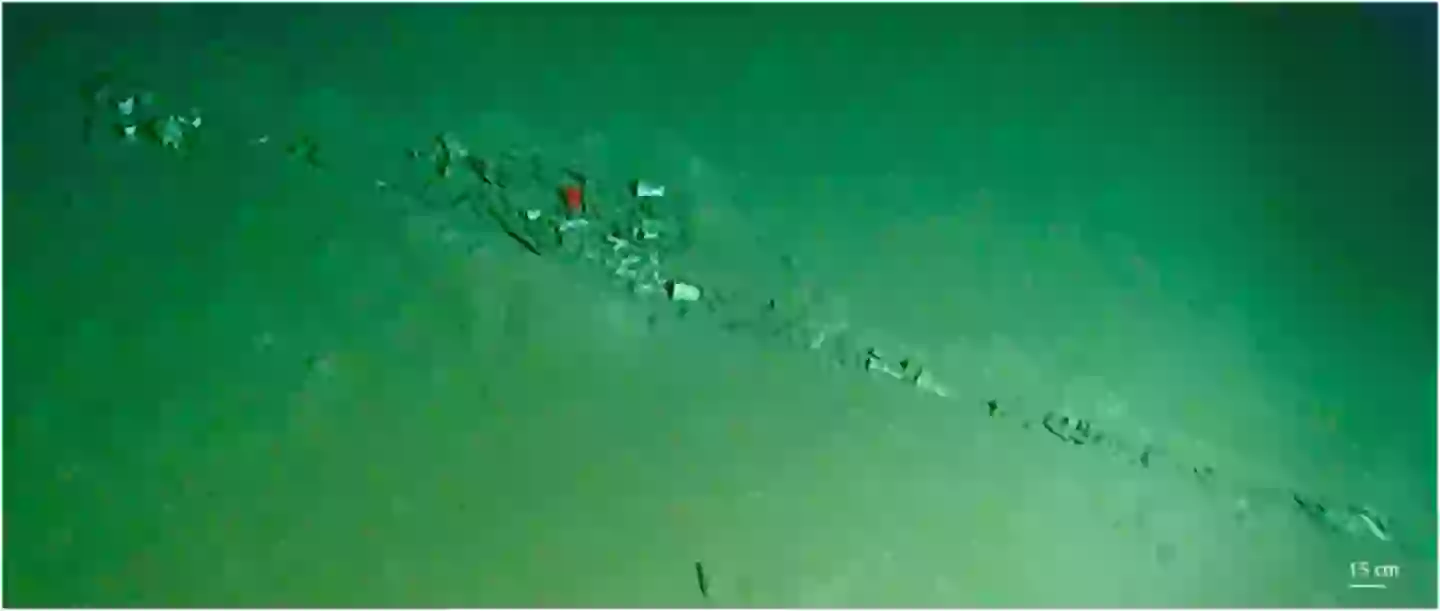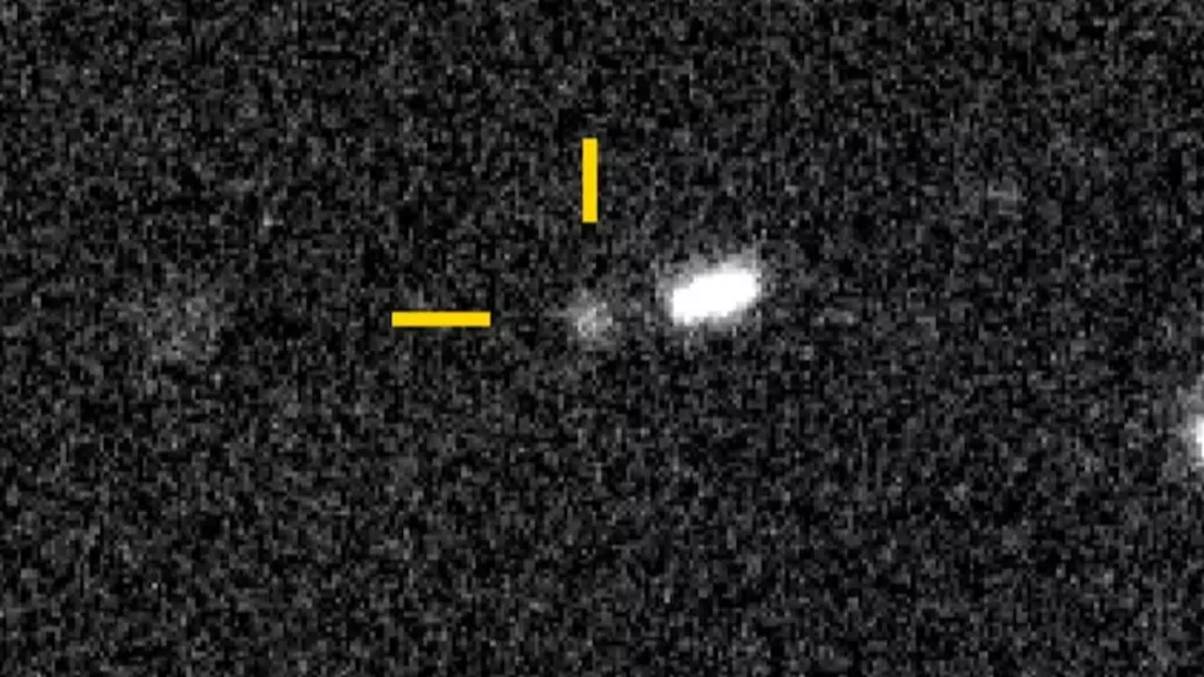“Unveiling the Abyss: What Lurks in the Depths of the Mediterranean’s Darkest Secrets?”
Ever wondered what secrets the ocean’s murky depths might be hiding? Well, brace yourself, because scientists have just unearthed a chilling discovery that makes us rethink our relationship with the world’s waters. An international team recently ventured to the Calypso Deep, the Mediterranean Sea’s deepest abyss sitting nearly 3.2 miles beneath the surface. You wouldn’t believe it, but they found a staggering 167 objects littering this pristine underwater realm—mainly plastic, metal, glass, and paper! This shocking find sheds light on the alarming reality that not even the most remote areas of our oceans are safe from human waste. With environmental impacts growing ever more pressing, these findings are a wake-up call, urging us to address the crisis head-on. Are we prepared to truly dive deep into this problem? LEARN MORE.
Scientists have issued a dark warning after making a disturbing discovery in the depths of the ocean.
An international team of researchers headed down to the deepest point of the Mediterranean Sea, known as the Calypso Deep, around 3.2 miles below the surface.
As shared by the University of Barcelona, a whopping 167 objects were found at the bottom of the Calypso Deep, mainly made up of plastics, glass, metal and paper.
Published in the Marine Pollution Bulletin, the findings make up one of the highest concentrations of marine litter ever detected at such great depths.
The scientists used the Limiting Factor, a high-tech manned submarine, to reach the bottom and to take images that prove litter can reach even the deepest and most remote points of the Mediterranean, making for a stark wake up call over the environment.

A ‘litter hotspot’ over the floor of the Calypso Deep (Marine Pollution Bulletin)
According to the report, 148 of the items are marine debris while the rest is thought to be of human origin.
“We have also found evidence of the boats’ dumping of bags full of rubbish, as revealed by the pile-up of different types of waste followed by an almost rectilinear furrow,” said Miquel Canals, professor at the Department of Earth and Ocean Dynamics and director of the UB Chair on Sustainable Blue Economy.
He then went on to warn: “Unfortunately, as far as the Mediterranean is concerned, it would not be wrong to say that ‘not a single inch of it is clean’.”
READ MORE:
DEEP SEA SCIENTISTS MAKE HUGE DISCOVERY AT BOTTOM OF PACIFIC
DIVERS SHOCKED AFTER HEARING INSANE SOUND AT BOTTOM OF SEA
Accessing the deepest of sea basins like the Calypso Deep is a ‘huge challenge’ and therefore means it is extremely difficult for litter like this to be cleared up.
So, the focus is on the need to implement ‘global policy actions to reduce ocean waste’ as well as to encourage changes in ‘consumption habits and waste reduction’.
The Mediterranean is particularly affected by this environmental problem, with a previous study finding the Strait of Messina to have the highest known density of marine litter in the world.

Items found by the sub (Marine Pollution Bulletin)
The experts therefore hope their research will ‘shake up global efforts’.
“And in particular in the Mediterranean, to mitigate waste dumping, especially plastics, in the natural environment and ultimately in the sea,” Canals added.
Unlike the likes of beaches or the popular coastlines, the professor says that the ‘ocean floor is still largely unknown to society as a whole’ and this makes it ‘difficult to raise social and political awareness about the conservation of these spaces’.
“It is necessary to make a joint effort between scientists, communicators, journalists, the media, influencers and other people with social impact. The problem is there, and it has an enormous scope, even if it is not directly visible. We should not forget about it,” Canals warned.













